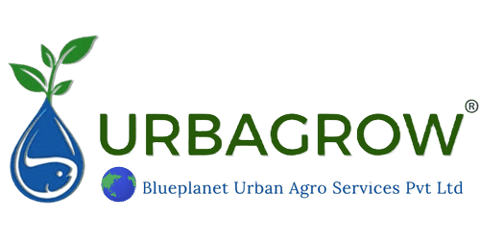 |  |  |
 |  |  |
 |  |  |
 |  |  |
"Permaculture , primarily, is a collection of techniques and ideas for Sustainable Community Development. It helps us to understand and create harmonious integration of landscapes and people in a sustainable way. It is applicable to both urban and rural contexts, and to any scale of design. It is about working with, rather than against, nature. It is a holistic, ecological approach to designing and developing human settlements, which helps us to improve people’s quality of life including:
Food production
Structures
Technologies
Energy
Natural resources
Landscapes
Animal systems
Plant systems
Social and economic structures
Amongst most practitioners , it is defined as PERMANENT AGRICULTURE and PERMANENT CULTURE.
The term Permaculture was coined by Bill Mollison and David Holmgren in the 70s, and now is in practice in over 100 countries by thousands of Permaculture Practitioners.
In brief, Permanent Agriculture: Is agriculture and animal management which improves the quality of land, provides income and produce, and is sustainable now and in the future.
Permanent Culture: Means conserving, supporting and working with the local culture, while at the same time moving forward. Working with nature and people, as well as learning from them, and not working against or in competition with them.
Permaculture helps us to scientifically understand and to create harmonic integrations between nature and people in the most sustainable way possible. It is appropriate for use in urban or rural locations, as well as for all scales of projects. It introduces traditional practices of nature management, integrated with appropriate modern technology. This is a holistic, scientific and environment friendly way for designing and building our natural living environment, as well as improving living standards, including housing, water supply, health, waste management, farming, energy, aquaculture, rivers, forests, livestock and much more.
Permaculture offers techniques and ideas which help in directing us toward a healthier environment, cultures and people. This is based on certain ethics and principles. A set of Permaculture ethics and principles provide a guide to being more responsible for our own lives, environment and future. As well as helping us to prepare a safe future for our families, culture, and natural environment.
The ethics:
1. Care for the land
2. Care for the people
3. Care for the future
Principles of Permaculture:
The principles of Permaculture should be implemented in every sustainable community design.
These principles are an important guide for implementing long term sustainable techniques. These
principles also help to maximize efficiency and production in the most sustainable way, protecting
the soil, land, environment and people.
The principles encourage creativity and maximize results. Although, every place is different,
every situation and every family is also different. Therefore plans, techniques, plants, animals
and building materials will be different each time. However, for every place and every activity,
the same principles apply.
The Principles:
Diversity: Aims to integrate a variety of beneficial types of food, plants and animals into a
design. This builds a stable interactive polyculture which provides for human needs, and other
species needs as well.
Edge effect: In general, there is more energy and more diversity of life in the space where
two natural systems overlap. The edge effect happens in this space because it receives benefits from both sides. Using the edge effect and other natural patterns creates the best effect.
Energy planning: Placing elements within the design in a way that will conserve the most
energy (this includes fertilizers, water and even human labour). Utilizing the energy and resources available, first on site and later from the outside of the system, to save energy and money.
Energy sources around us include natural energy forces, like gravity, wind power and water
power.
Energy cycling: In a natural system there is no waste or pollution. The output from one
natural process becomes the resource for another process. Recycling and reusing resources as much as possible and as many times as possible.
Scale: Create human scale systems. Choosing simple, appropriate technologies for use in
designs. Create systems that are manageable, start small and take achievable steps towards an ideal goal.
Biological resources: Use natural methods and processes to achieve all tasks. Find materials in nature (plants, animals, bacteria) which support the system design and conserve the need for energy from outside the system.
Multiple elements: Support each vital and essential function in more than one way, so
that if one element fails, it will not stop other elements in the process from functioning. Also,
recognize that there is almost always more than one way to manage any process.
Multiple functions: Most things can be used in a variety of ways and for a variety of functions.
One main rule in Permaculture is to try to design at least three uses for every element in a
system. This will save space, time and money.
Natural succession: Work with nature and natural processes. Anticipate future developments through research and observation whenever necessary.
Relative location: Place every element of the design in relationships so that they can receive benefits from each other. For example, store tools near to the place where they will be used.
Personal responsibility: Our actions affect our own lives, our families’ lives, our friends’
lives and anyone else who has direct or indirect contact with us. Any constructive sustainable actions that we do will create benefits for many. The same is true of destructive actions, their effects will be felt far and wide." Facilitator Manual - Pemaculuture in SE ASIA.
